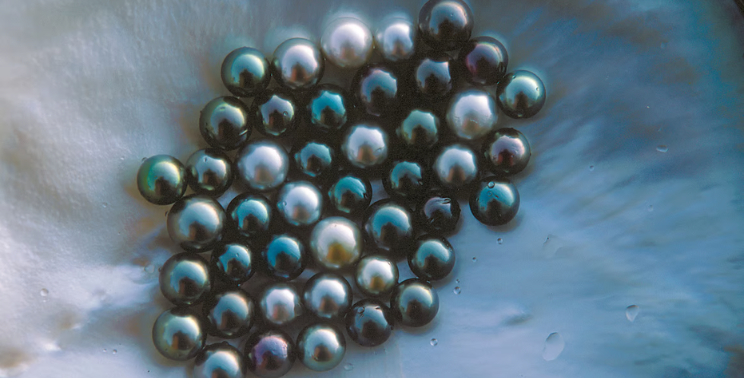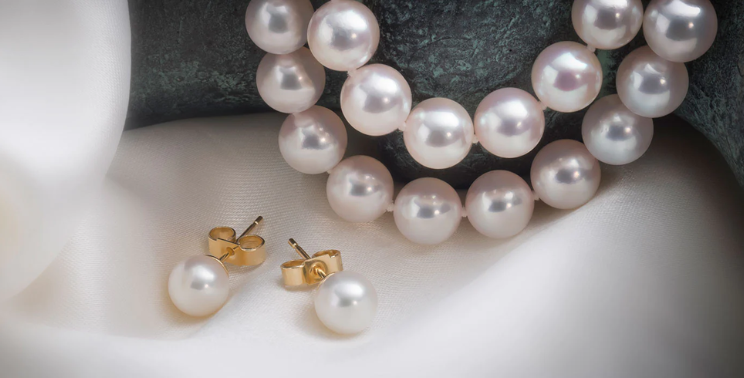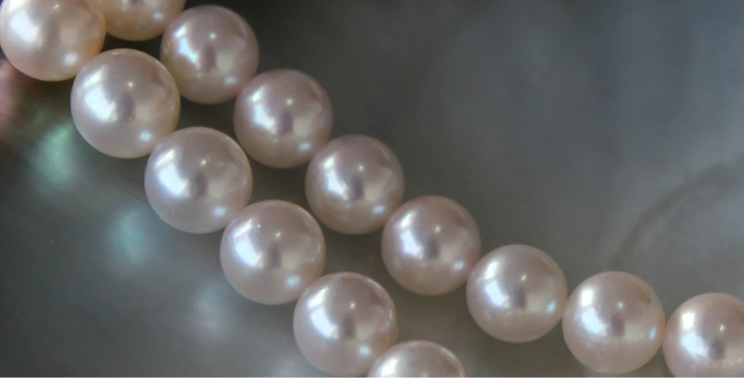Dentifying genuine pearls involves considering various factors such as luster, surface quality, shape, color, size, and other specific characteristics. Here are some general tips to help you determine if a pearl is authentic:
Luster
Genuine pearls have a deep, radiant luster that appears to come from within the pearl. The luster should be bright and reflective, not dull. High-quality pearls exhibit a mirror-like surface.
Surface Quality
Real pearls may have minor imperfections on the surface, such as small blemishes or irregularities. However, they should not have obvious flaws, spots, or irregularities that appear unnatural. Imitation pearls may have a more perfect surface.
Shape
Genuine pearls come in various shapes, including round, near-round, oval, button, drop, and baroque. While perfectly round pearls are often more valuable, authentic pearls can be found in a range of shapes. Be cautious if the pearls are all perfectly identical, as this could indicate imitation.

Color
Natural pearls come in a variety of colors, including white, cream, pink, peach, and black. The color should be consistent throughout the pearl, with overtones or secondary colors adding to the complexity. If the color appears too uniform, it might be a sign of imitation.
Size
Real pearls can vary in size, but extremely large or small pearls may be a cause for suspicion. Familiarize yourself with the typical size range for the type of pearl you are examining.
Weight
Genuine pearls are relatively heavy for their size due to the layers of nacre. If a pearl feels exceptionally light, it might be an imitation made from materials like plastic or glass.
Tooth Test
Some people suggest gently rubbing the pearl against your teeth. Real pearls should feel slightly gritty or sandy, while imitation pearls may feel smooth. However, this method is not foolproof and may not be suitable for valuable pearls.
Drilling and Nacre Thickness
Examine the drill hole. Real pearls typically have a well-drilled hole, and you should see evidence of nacre around the hole. Imitation pearls may have a visible core or lack nacre.
Temperature Test
Real pearls are generally cool to the touch. You can touch the pearls to your cheek or the back of your hand, and they should feel cool. Synthetic pearls may feel warmer since they conduct heat differently.

Professional Appraisal
If you have doubts about the authenticity of a pearl, consider seeking a professional appraisal from a gemologist or a reputable jeweler. They can provide a more detailed examination and assessment.
It’s important to note that some pearls are cultured, meaning they are formed with human intervention. Cultured pearls can be just as valuable and authentic as natural pearls. The key is to purchase pearls from reputable sources and, if possible, obtain a certificate of authenticity.

